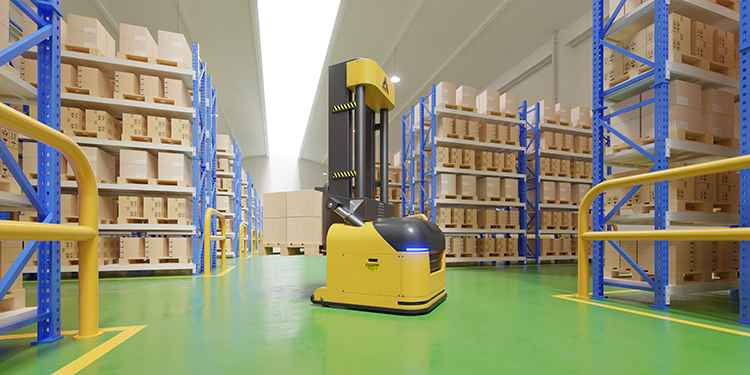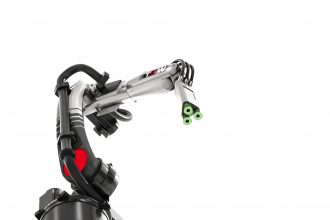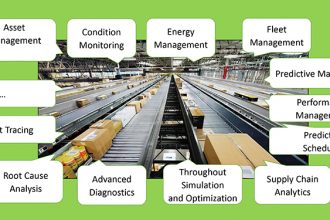Upgrading A Vehicle From Manual To Autonomous Operation? Consider All Safety Aspects When Working With Suppliers

With more operations evaluating a shift from manual to automated equipment, one option may be the possibility of converting existing investments to autonomous function. When discussing such a change with a supplier, however, it’s important to be clear about the degree of potential human interactions with the technology and the safety standards that need to be applied. In this, the first of a series of “yes, that really happened” cautionary tales from the members of MHI’s Solutions Community, learn why it’s critical to share such details at the outset of the project in order to prevent design revisions and stay on track with the implementation timeline.
In this situation, an e-commerce facility sought to convert a fleet of smaller, manually operated vehicles used to support order fulfillment into autonomous, collaborative picking vehicles. They returned to their original equipment manufacturer (OEM) for the modifications. This would be the company’s biggest foray into vehicle autonomy. The vehicle OEM’s engineering teams are experts in vehicle kinematics and hydraulic systems but had limited experience with vehicle autonomy and the associated safety requirements. To meet their customer’s expectations, they hired multiple third-party integrators to develop separate parts for the new vehicle design. One integrator was involved in developing a system for automated picking, while others were involved in vehicle autonomy and safety requirement compliance.
Although the OEM had many long-standing relationships with the sensor, controller, and actuator manufacturers, the third-party integrators were either uninformed or unwilling to collaborate outside of their functional requirements. Therefore, critical pieces of information regarding the application of safety standards specific to the vehicle’s different functions were either omitted or mis-stated.
During pilot testing with each integrator on their particular function, the vehicle performed flawlessly. When the safety functionality was added, the vehicle did not act to the e-commerce facility’s performance requirement. The vehicle was laden with many single-function sensors. Costs to procure, manufacture, and service the vehicle could have been reduced if one multi-functional sensor was used instead; there are safety laser scanners that can both monitor an area for safety compliance and provide measurement data for vehicle navigation.
The result? The entire development cycle had to be revisited to address navigation and safety issues between each functioning area. This included a more complete analysis of the environment and challenges faced by the autonomous vehicle during its operation, as well as tightening of the tolerances required by the system in order to operate more efficiently. The rework also extended the timeline far beyond the customer’s original desired go-live date.
The lesson to be learned here is that it’s critical to work with experienced OEMs, software providers, system integrators, and component suppliers who all collaborate closely. This ensures that all functions will be addressed during development — including the overall vehicle function, software controls, and safety components. Further, system owners should know the environment and describe potential obstacles, as well as understand the safety compliance requirements, prior to the start of the project. In the end, by addressing the safety and efficiency attributes of the upgrade more thoroughly the second time, a modified design yielded a more efficient and safe solution that delivered higher productivity and cost savings for the facility.
Have more questions about best practices in specifying an equipment upgrade? Connect with the members of MHI’s Solutions Community for purchasing guidelines and recommendations across a broad range of technologies and applications.



